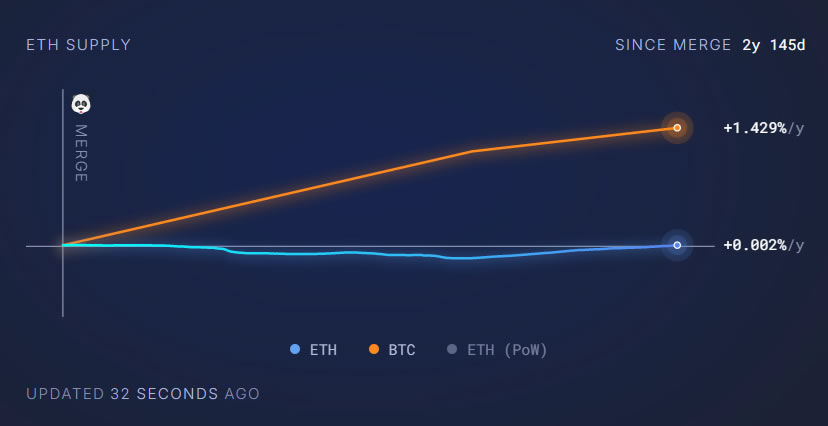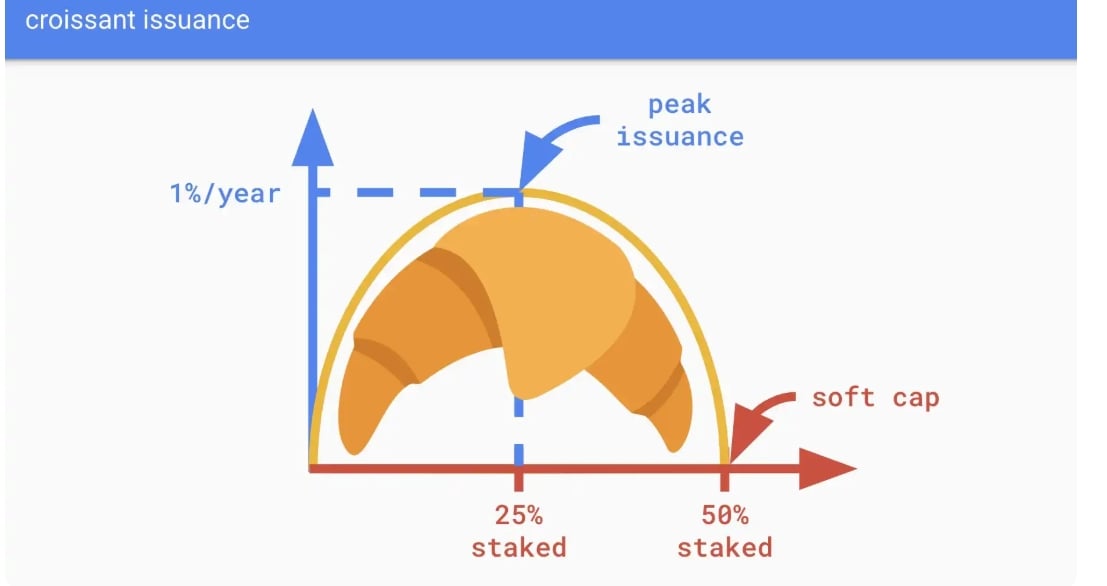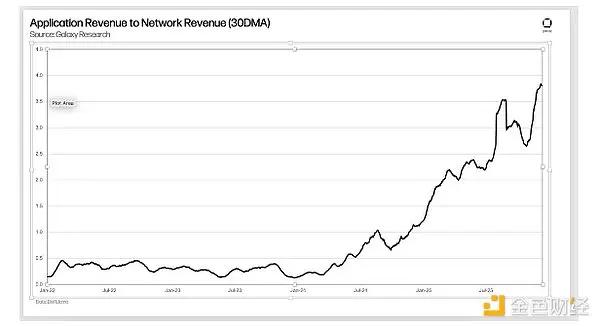Ethereum Foundation researcher Justin Drake tweeted on the 5th, predicting that Ethereum will "soon" return to "Ultra Sound Money", while Bitcoin is "doomed" because Bitcoin is gradually approaching the supply limit of 21 million, which immediately sparked heated discussions.
Justin Drake pointed out:
The current ETH supply is growing by 0.5% per year, that is, a 1% issuance minus a 0.5% burn per year. To make Ethereum a "Ultra Sound Money" again, either the issuance must decrease or the burn must increase, and I believe both will happen.
Does Bitcoin have security risks?
After Ethereum completed The Merge in 2022, the ETH supply became deflationary, but after the Dencun upgrade in April 2024, the issuance showed a net increase, because the upgrade reduced the transaction fees on L2, leading to a decrease in the burn.
However, Justin Drake compared the issuance of Ethereum and Bitcoin, and found that Ethereum is still more scarce than Bitcoin. Since the Dencun upgrade, Bitcoin's supply has increased by 655,000 coins, while Ethereum's supply has increased by 462,000 ETH during the same period, and now BTC's supply is growing by 0.83% per year, 66% faster than ETH.
Justin Drake also said that the 21 million BTC supply cap may lead to long-term security concerns, as miner revenue still mainly comes from block rewards, with 99% of miner revenue coming from block rewards in the past week, and only 1% from network fees.
In Justin Drake's view, Bitcoin is outdated, and Bitcoin faces security risks due to its low attack cost:
The Bitcoin network is doomed, it only takes $10 billion and 10 GW of power to launch a permanent 51% attack on Bitcoin, which is negligible for a nation-state actor.
We know that the Bitcoin issuance is halved every four years, and Drake's view is that he is worried that future network fees will not be able to cover the miner costs. But the author believes that Drake's view is over-interpreted, first of all, the profitability and cost of mining companies are dynamically changing, and even if Bitcoin stops issuing new coins in 2140, it does not mean that all miners will abandon the computing power, Bitcoin is like gold

Propose an "Croissant Issuance" model for Ethereum
As for Ethereum's current problems, such as over-staking, the systemic risks of platforms like Lido...
Justin Drake proposed the "Croissant Issuance" model, that is, when 50% of Ethereum's supply is staked, the issuance will drop to zero, and the maximum issuance will be limited to no more than 1% per year to ensure market balance:
The key to large-scale ETH burning is to improve data availability (DA), EIP-4844 temporarily reduces the burn, but as demand grows, the ETH burn will rebound. We are building infrastructure for decades, even centuries to come. This is a game of patience and belief.








